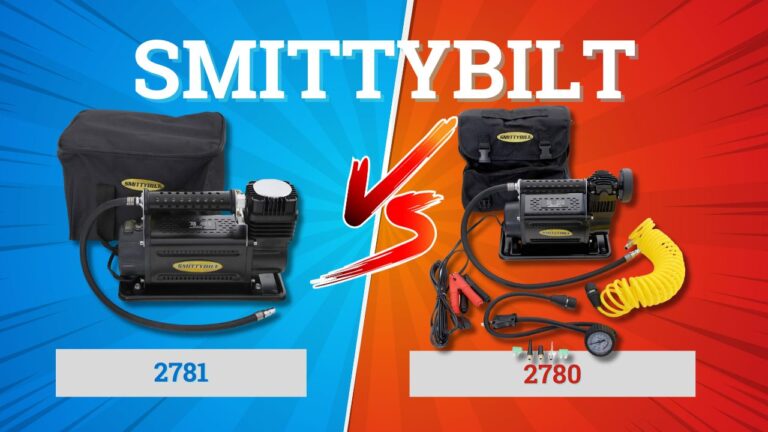In this article, we will explore the differences between B10 and B13 bulbs in detail, including their size, brightness, and energy efficiency. We will also discuss the various uses of these bulbs in different types of lighting fixtures. Whether you are a homeowner looking to upgrade your lighting, or a lighting professional seeking the best bulb for your project, this article will provide you with the information you need to make an informed decision.
Differences Between B10 and B13
Size Comparison
One of the most significant differences between B10 and B13 bulbs is their size. B10 bulbs are smaller than B13 bulbs, with a diameter of approximately 1.25 inches and a length of around 3.125 inches. B13 bulbs, on the other hand, have a diameter of approximately 1.625 inches and a length of around 4.25 inches. This means that B13 bulbs are slightly larger and longer than B10 bulbs.
Check also – B10 vs B11 Bulbs: What are the Differences?
Brightness Comparison
Another important factor to consider when comparing B10 and B13 bulbs is their brightness. B13 bulbs are generally brighter than B10 bulbs, as they are designed to provide more light output. The B13 bulb typically has a wattage rating of 60 watts, while the B10 bulb typically has a wattage rating of 40 watts. This means that the B13 bulb is capable of producing more light than the B10 bulb.
Energy Efficiency Comparison
In terms of energy efficiency, there is not much difference between B10 and B13 bulbs. Both types of bulbs are designed to be energy-efficient, with low wattage ratings that help to reduce energy consumption. However, it is worth noting that the B10 bulb is generally more energy-efficient than the B13 bulb, as it has a lower wattage rating.
Uses for B10 and B13 Bulbs
B10 and B13 bulbs are both used in a variety of lighting applications, from residential to commercial settings. B10 bulbs are often used in decorative lighting fixtures, such as chandeliers and wall sconces, where their small size and low wattage rating make them an ideal choice. B13 bulbs, on the other hand, are often used in pendant lights, table lamps, and other types of lighting fixtures where brightness is important.
Conclusion
B10 and B13 bulbs are two popular types of light bulbs that are commonly used in a variety of applications. While they may look similar, they have some notable differences in terms of size, brightness, and energy efficiency. If you are looking for a bulb that is small and energy-efficient, then the B10 bulb may be the right choice for you. However, if you need a bulb that is brighter and more powerful, then the B13 bulb may be the better option. Ultimately, the choice between these two types of bulbs will depend on your specific lighting needs and preferences. As an expert in lighting technology, I recommend considering all of these factors carefully before making a decision.




